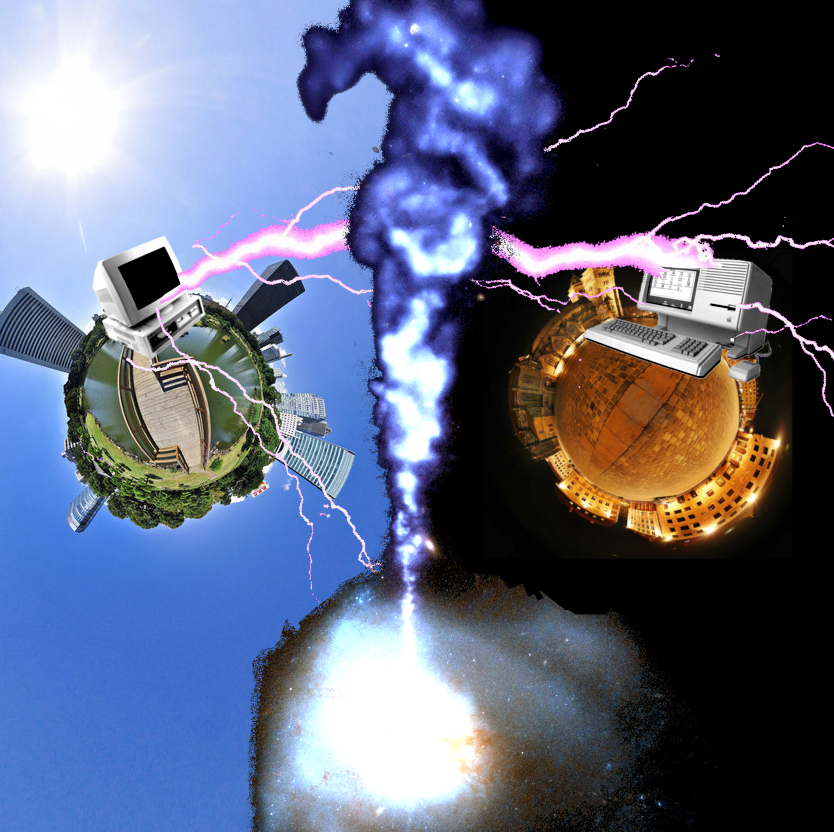Next-gen chips step closer
 Australian experts are helping usher-in the ultra-secure telecommunications of the future.
Australian experts are helping usher-in the ultra-secure telecommunications of the future.
An international team of scientists has set a new record for the complexity possible on a quantum computing chip, thanks to the help of engineers at the Swinburne University of Technology.
Quantum computing replaces the standard transistor-based processing of silicon chips with a form of processing that uses the bizarre and constantly-shifting states of quantum particles.
A key component of quantum science and technology is the control and interpretation of entangled particles – typically either electrons or photons – which remain ‘entangled’ even if separated over large distances.
This means that even if they are a universe away from each other, actions performed by one particle will affect the behaviour of the other.
In their new paper, the research team details how it created entangled photon states with unprecedented complexity and over many parallel channels simultaneously on an integrated chip.
Importantly, the chip was also created with processes compatible with the current computer chip industry, opening up the possibility of incorporating quantum devices directly into laptops and cell phones.
The researchers were led by Professor David Moss, Director of the Centre for Micro-Photonics at Swinburne University of Technology, and Professor Roberto Morandotti from the Institut National de la Recherche Scientifique (INRS-EMT) in Montreal, Canada.
The researchers used ‘optical frequency combs’ which, unlike the combs we use to detangle hair, actually help to ‘tangle’ photons on a computer chip.
Their big breakthrough was to set a new record in both the number and complexity of entangled photons that can be generated on a chip, which will be used to code to ultra-secure telecommunications of the future.
It also has direct applications for quantum information processing, imaging, and microscopy.
“This represents an unprecedented level of sophistication in generating entangled photons on a chip,” Professor Moss says.
“Not only can we generate entangled photon pairs over hundreds of channels simultaneously, but for the first time we’ve succeeded in generating four-photon entangled states on a chip.”
Professor Morandotti says the breakthrough is the culmination of 10 years of collaborative research on complementary metal–oxide–semiconductor (CMOS) compatible chips for both classical and quantum nonlinear optics.
“By achieving this on a chip that was fabricated with processes compatible with the computer chip industry we have opened the door to the possibility of bringing powerful optical quantum computers for everyday use closer than ever before,” Professor Morandotti says.








 Print
Print